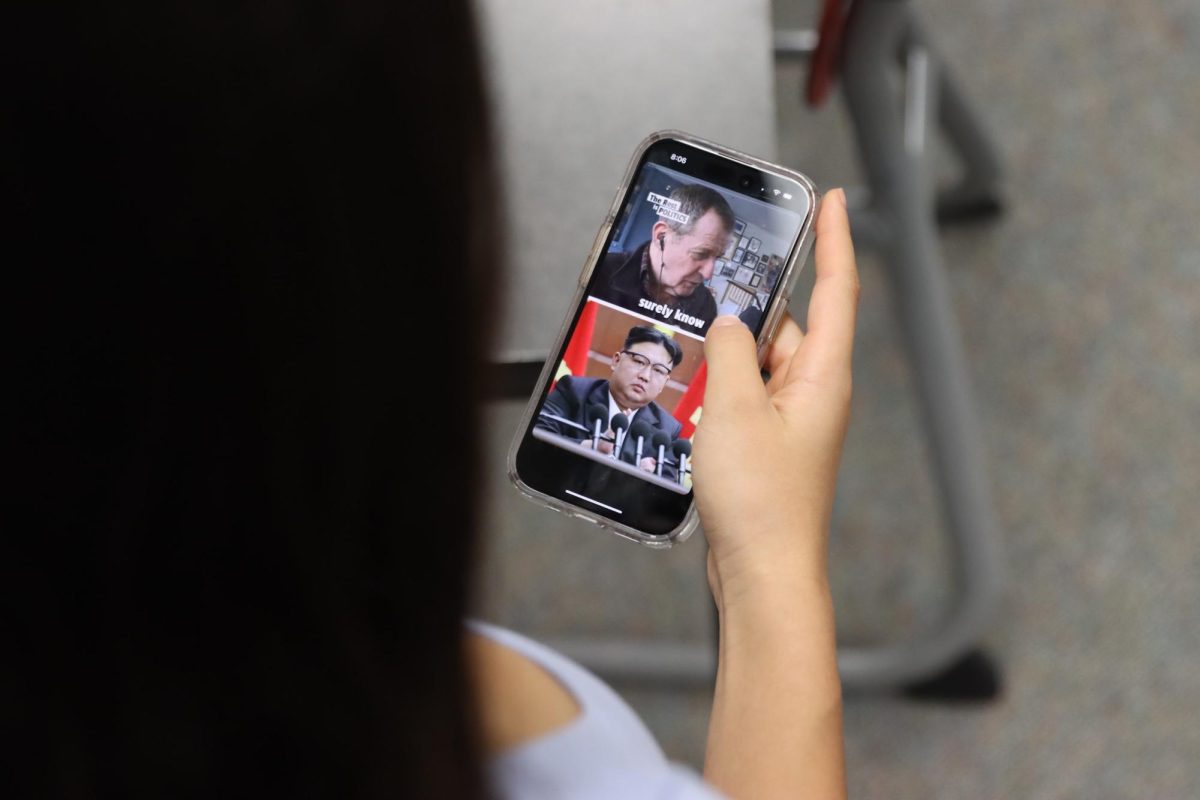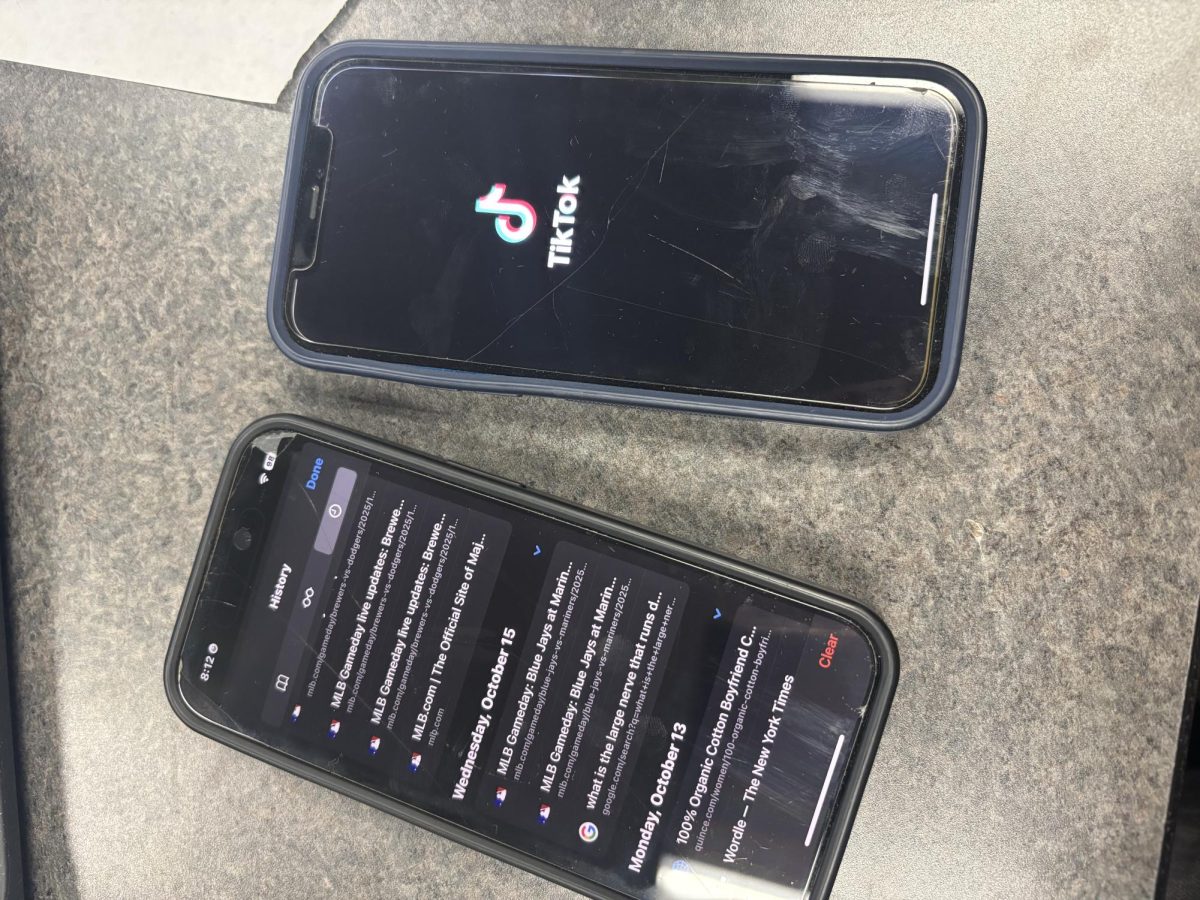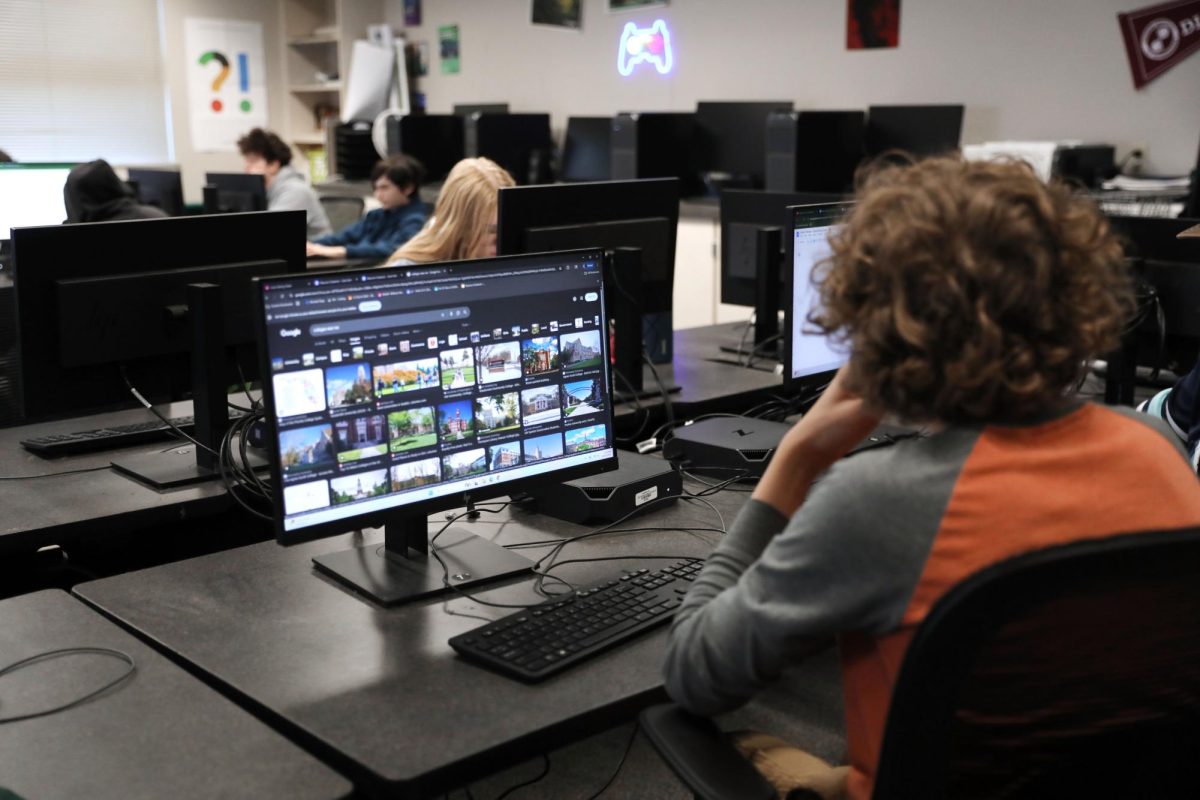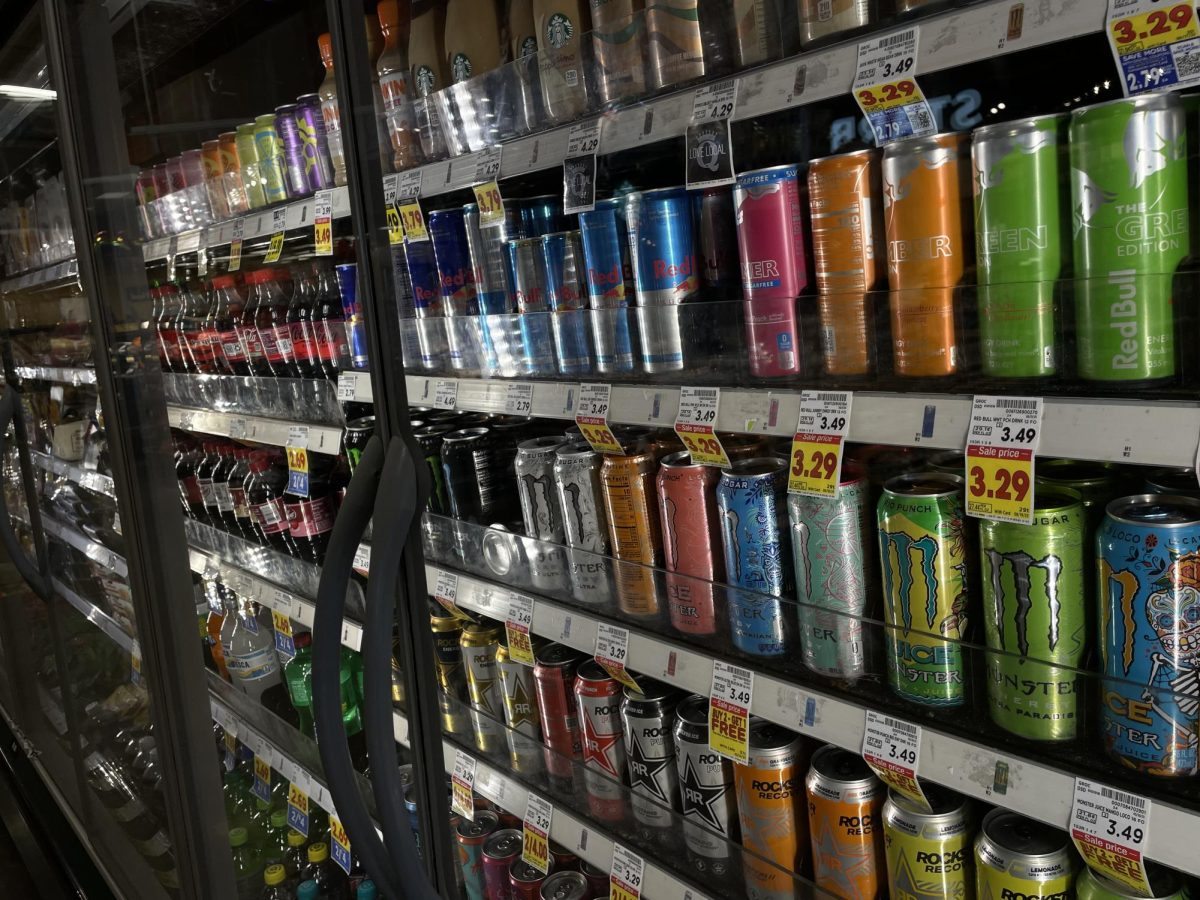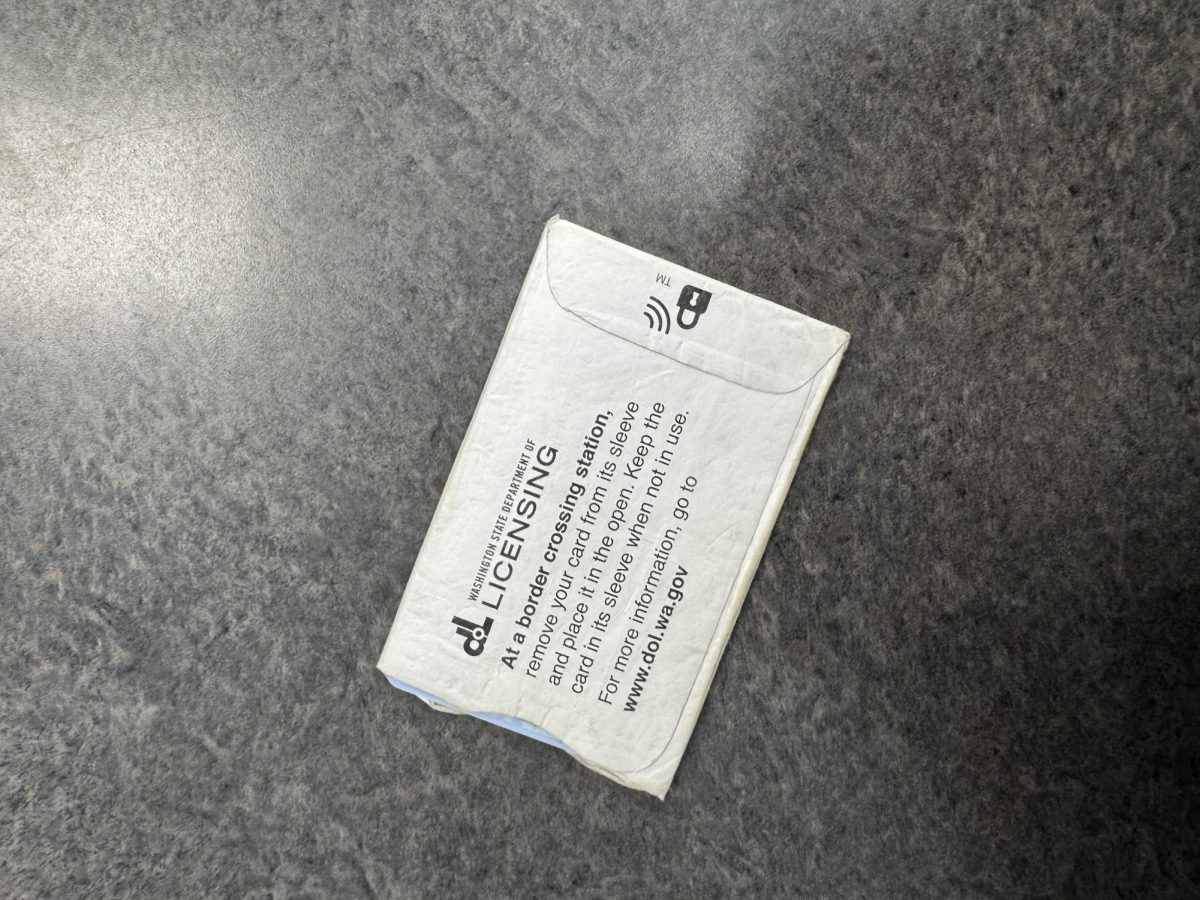With new sources continuing to be introduced to the public, information is coming from different platforms, integrating itself into the daily lives of Americans.
Many students find it difficult to manage the information, and decide what is real or false. Studies are beginning to show an increase in hostility among the people as the election comes nearer. This is caused by an increase in political content on social media.
“We can expect to see political hostility surge online this fall as we approach the presidential election,” Ariel Hassel, assistant professor of communication and Center for Political Studies at the U-M, said.
Emotions are creating a divide between US citizens, on and offline. This conflict however, is extending to all parts of the country. The propaganda being shared online is to promote certain candidates, but is it working?
“I think oftentimes, it just works negatively. If a party has a video bashing the other, I tend to dislike that thing even more,” Aiden Leemauk (12), said.
This additional information – what’s intended to be helpful – may be doing more harm than good. This negative impact may be turning people away from the election, rather than encouraging them to get involved.
“Some politicians will put things that aren’t completely true to scare people or make them vote for them,” Logan Shanks (12) said. “I feel like it brings a negative idea to the other politician… there’s facts about it, and there’s also lies about it at the same time. It’s propaganda to scare people.”
The videos surfacing online may be taken in a negative way, rather than getting their point across. This discussion continues to bring conflict to the people, and may continue throughout the month of November.
This disruption is creating a gap between the people and the government. According to the Council of Europe, “propaganda, misinformation, and fake news have the potential to… undermine democracies and reduce trust in the democratic processes.”



